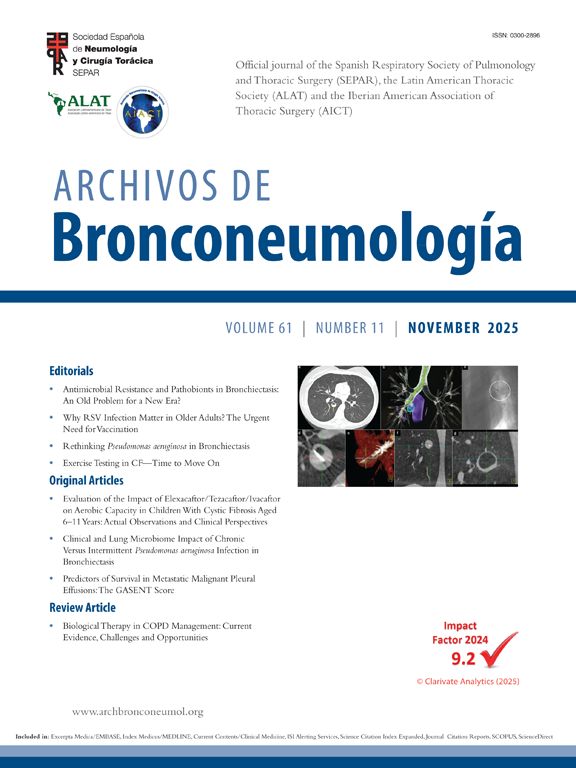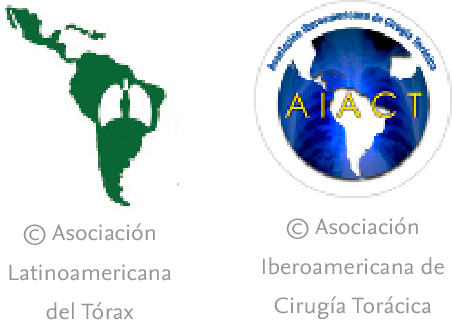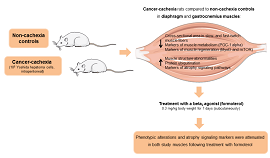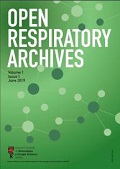Recently, Cochrane Library has published three new meta-analyses that address the efficacy and safety of antismoking medications and electronic cigarettes (ECs) for smoking cessation.1–3 In the first of them the authors conclude that cytisine and varenicline both help more people to quit smoking than placebo and comparing cytisine vs. varenicline there may be a benefit from varenicline for quitting,1 in the second, focused only on ECs, they concludes that there is high-certainty evidence that nicotine ECs increase quit rates compared to nicotine replacement therapy (NRT) and moderate-certainty evidence that they increase quit rates compared to non-nicotine ECs,2 and in the third the conclusion is that varenicline, cytisine and nicotine ECs have similar efficacy in helping smokers to quit and evaluate this conclusion as high certainty.3
With respect to the conclusions of the meta-analysis by Hartmann-Boyce et al.2 on the greater effectiveness of nicotine ECs than NRT, it is important to keep in mind that this conclusion is obtained based on the results of six studies of which two of them contribute with a significant weight, 56.4%, to this statement.4,5 It is relevant to point out that both studies have notable methodological limitations. Among them, the following should be highlighted: (a) neither of the two studies is placebo-controlled nor double-blind,4,5 (b) in one study the authors acknowledge that they made a mistake when making the calculation to obtain an adequate sample and detects that the way the medication was distributed between the groups benefited the EC groups,4 (c) both studies show notable problems of adherence to nicotine medication with respect to adherence to ECs. (Table 1). In both studies adherence was always superior in the ECs groups than in the NRT groups. In both studies adherence to NRT at first month was lower than adherence to ECs. Nicotine withdrawal syndrome is very intense during the first four weeks and the need for medication to control it is very high. According to adherence data the majority of subjects in the NRT groups were not using adequate medication during this period of time compared with subjects in the ECs groups. All these aspects are important limitations to obtain adequate conclusions.
Another important problem that was detected in these studies4,5 refers to the persistence in the use of ECs beyond the established time. In the study by Bullen et al.,4 38% of those who were abstinent at six months of follow-up were still using ECs, even 29% of those who had relapsed and were smokers of combustible cigarettes, were still using ECs at that time. It is noteworthy that the authors confess that they did not know whether the study subjects used ECs with or without nicotine.4 In the study by Hajek et al. data on persistence in the use of ECs beyond the established time were also striking: at one year of follow-up there were 79 subjects who had stopped smoking combustible cigarettes in the group that was treated with nicotine ECs, but of them, 63 continued using them.5 This means that around 80% of those who used ECs to quit smoking were still using them after a year. This could make us suspect that the use of ECs could cause addiction. This suspicion has been confirmed by the results of the first metanalysis that analyzes the prevalence of continued ECs use among individuals allocated to ECs conditions in different trials.6 The metanalysis included 19 studies with 7787 participants. The pooled prevalence of continued ECs uses at 6 months or longer was 54% (95% CI: 46–61%) in participants assigned to ECs conditions. Of participants who had quit combustible cigarettes overall 70% were still using ECs at six months or longer (95% CI: 53–82%). Although more people were using nicotine ECs at longer follow up compared to non-nicotine ECs, but CIs included no difference (risk ratio 1.15, 95% CI: 0.94–1.41).6 All these data strongly suggest that ECs can be addictive and certainly perpetuate the addiction created by combustible cigarettes.
The metanalyses by Lindson et al.3 aims to investigate the comparative benefits, harms and tolerability of different smoking cessation pharmacotherapies and ECs when used to help people stop smoking. Regarding benefits the authors conclude that the most effective interventions were nicotine ECs, varenicline and cytisine (all high certainty), as well as combination NRT (additive effect, certainty not rated). There was also high-certainty evidence for the effectiveness of nicotine patch, fast-acting NRT and bupropion.3 However, this meta-analysis has some surprising aspects. It is surprising that the use of nicotine ECs is valued at the same level of effectiveness for smoking cessation as antismoking medications like varenicline or NRT, taking into account that authors only evaluated 16 randomized control trials (RCTs) of nicotine ECs with 3828 participants, but they evaluated 67 RCTs of varenicline with 16,430 participants and 225 RCTs of NRT with 69,075 participants. Moreover, there are many RCTs showing efficacy and safety of varenicline and NRT in smokers with severe controlled diseases: cardiovascular, pulmonary and neuropsychiatric disorders. None RCT using ECs has been carried out in smokers with controlled severe disorders. It is also surprising in this metanalyses that regarding harms and tolerability there are not any conclusions about long term use of nicotine ECs.3
All these data explain that the claim that nicotine ECs are as effective in helping to quit smoking as antismoking medications should be taken with caution.
The use of ECs also has important security problems that have not yet been resolved. The data on the addiction they could cause has already been pointed out above. But, in addition, other no less important sources of concern have been found. These include: (a) many studies have highlighted that the use of ECs, with and without nicotine, is accompanied by the inhalation of substances with carcinogenic power,7–9 (b) it has been shown that the use of ECs can increase the predisposition to suffer from infectious lung diseases, both viral and bacterial,10,11 (c) the appearance of e-cigarette or vaping product use-associated lung injury (EVALI) as a new disorder caused by the consumption of ECs is worrying,12 (d) a recent review of different studies suggest that the long-term use of ECs could produce lesions in the bronchial mucosa very similar to those observed in smokers with COPD13 and (e) concerns about the addiction that ECs can create have been confirmed in a recent study that analyzes the effectiveness of varenicline in treating a group of ECs users who wanted to stop using them and had difficulty doing so.14
All these data suggest that ECs, with and without nicotine, are not safe, either in the short, medium or long term, to help smokers to quit.
In summary, and based on all this data, we can conclude that ECs are neither effective nor safe devices to help smokers quit. The Spanish Society of Pulmonology and Thoracic Surgery (SEPAR) has recently published a Practical Guide for using pharmacological treatment for smoking cessation. This guide shows various smoking treatment protocols, all of them based on scientific evidence, which are effective and safe for helping smokers to quit. None of them contemplates the use of ECs.15
Conflict of interestsDr. Carlos A. Jiménez-Ruiz has received honoraria for presentations, participation in clinical studies and consultancy from: Aflofarm, Bial, GSK, Menarini and Pfizer.
Dr. Carlos Rabade-Castedo has received honoraria for speaking engagements, sponsored courses, and participation in clinical studies from Aflofarm, GSK, Menarini, Mundipharma, Novartis, Pfizer, and Teva.
Dr. Jose Ignacio de Granda-Orive has received honoraria for speaking, scientific consulting, clinical study participation, or publication writing for the following: Astra-Zeneca, Chiesi, Esteve, Faes, Gebro, Menarini, and Pfizer.










